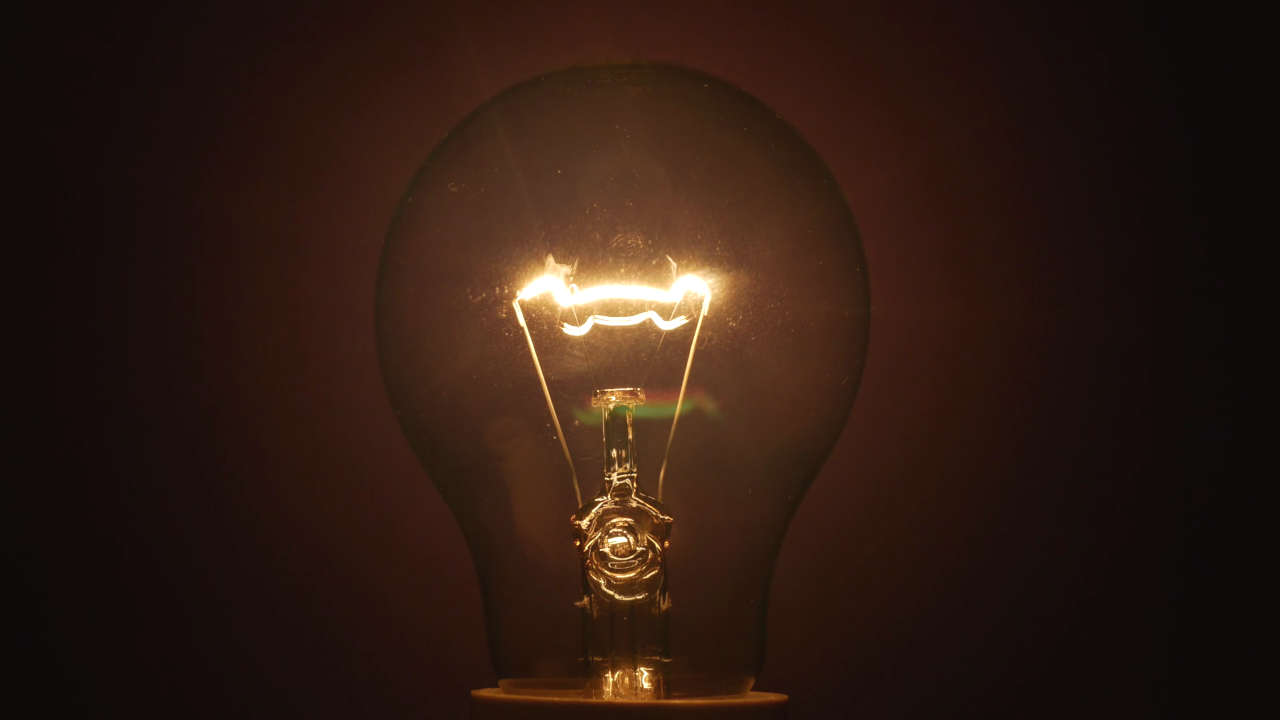Incandescent bulbs are the traditional source of light. Most of us have used these bulbs because it was inexpensive to buy, even they are delicate most of us prefer it. With the modern technology and an increase in energy cost, almost everyone is switched to LED bulbs. However, it is common to see incandescent bulbs in remote areas and villages.
Such bulbs are made of wire filament (tungsten) which is heated by an electric current to such a high temperature that it glows and produces light, i.e. incandescent. The bulb which is made of glass is filled with inert gas so that the filament is safe from oxidation.

This is old technology in electronic, but still in use.
Let’s read some advantages and disadvantages of incandescent bulbs.
Advantages of Incandescent Bulbs
The followings are the advantages of an incandescent bulb.
- It is less expensive because the cost of manufacturing is low.
- Such a bulb offers relatively higher light output.
- It can be dimmed easily using rheostats.
- It generates warm colors compared to fluorescent and LEDs.
- It switches on immediately.
- It is a warm source of light. In winter seasons, it can heat the small room by a degree or two. Farmers use it in their cattle housing to keep animals warm.
Disadvantages of Incandescent Bulbs
The followings are the disadvantages of an incandescent bulb.
- It is energy inefficient and high operating costs.
- The life of such a bulb is too short, about 1000 hours.
- It is very fragile, so needs to be handled very carefully.
- Such bulbs blast or fuse under minor voltage fluctuations and under critical weather situations. So be careful about not using them at common locations.
- It is a warm source of light. In summer, you may need an air conditioner or room cooler.
These are the advantages and disadvantages of incandescent bulbs.
Leave a Reply